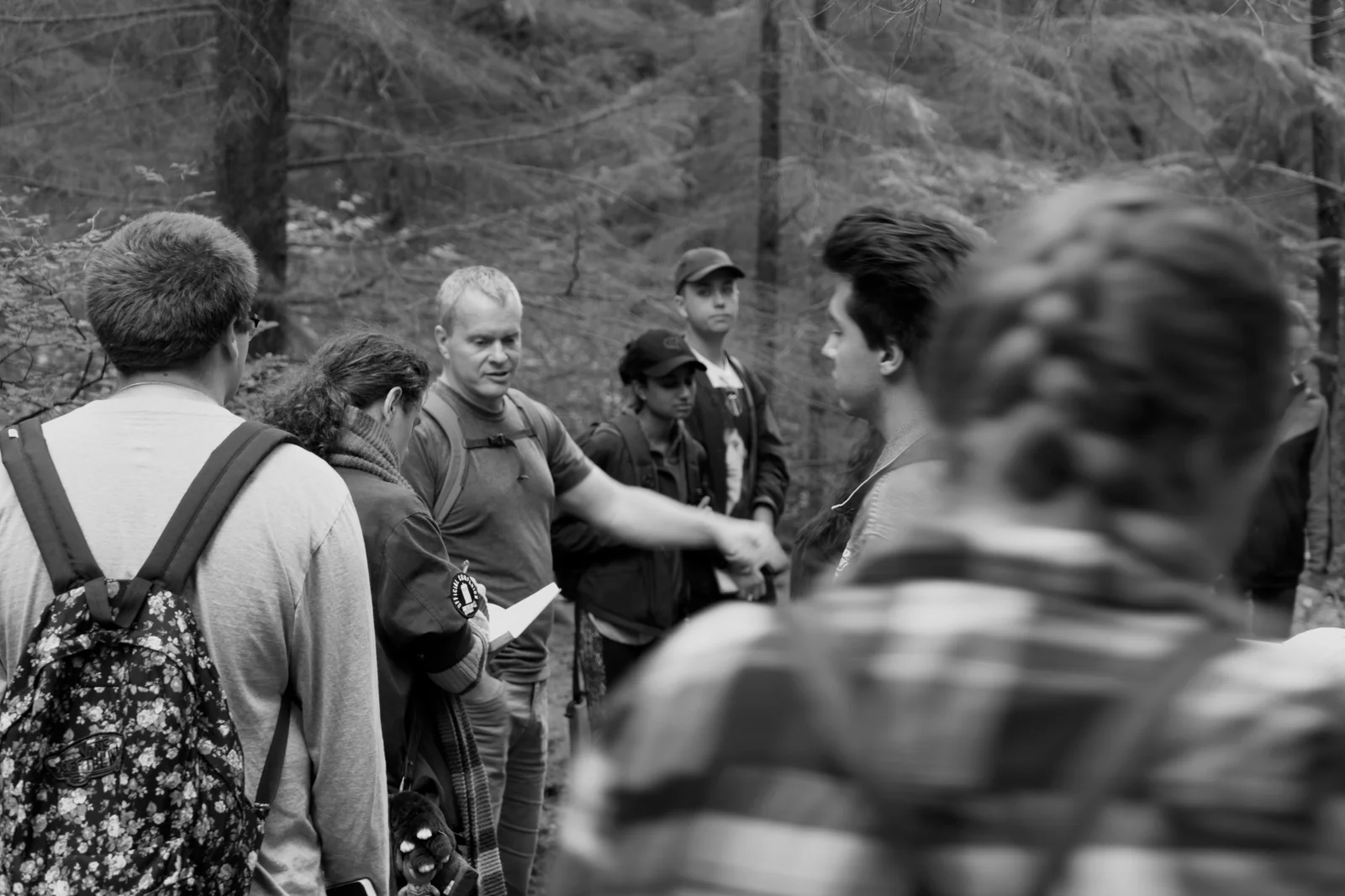I spend a great deal of time with two kinds of people: teachers and students. In some ways, these two groups are at opposite ends of the continuum of learning. Sure, teachers and students co-create and share the environment of learning; but what I hear from each group is different. Students (of all ages) talk about the many ways in which the learning environment fails to meet their needs. Teachers, on the other hand, tend to talk more about how to preserve and nurture that learning environment. In this sense, both groups are working toward the same goal: to make the learning environment useful and purposeful. But I find that they have radically different notions about how to accomplish this goal. Students want to deconstruct and rebuild the system; teachers want to preserve and enhance it. Students want more autonomy and service from teachers and institutions; teachers want more commitment and loyalty from students. Students demand new technologies; teachers are (or they tend to be) anxious and suspicious about new technologies. Students yearn for more intensity and risk in their learning; teachers seek more safety and structure. Sometimes I wonder if these various impulses and aims are inherently complementary or fundamentally contradictory.
But I am optimistic by nature, and I also know that a hundred thousand years of human cultural evolution (maybe more) shows that the learning needs of students can be well matched with the mentorship impulses of teachers. And the method by which this integration might be accomplished is actually quite straightforward, in my view. That method involves three core values: self-awareness, empathy, and character. Self-awareness is what we know — about ourselves, our interests, our capacities. Empathy is what we feel — toward others, toward the state of our world, toward nature. Character is what we do with our self-awareness and our empathy.
Awareness, emotion, behavior. Or, to put it another way: being, feeling, doing. That’s it, really. The whole enterprise of teaching and learning renders down to the alchemy between three parts of ourselves.

On the trail with a group of learners in Burns Bog, BC — the largest urban wilderness in North America.
If self-awareness, empathy, and character development were the foundations of curriculum and of the learning environment itself — in other words, if both students and teachers grounded themselves in these values — the opposite ends of the continuum of learning would vanish. Teachers and students would find themselves working together in communities of real inquiry, creative engagement, and personal development.
We don’t use metaphors and poetic language anymore in discussions about education. Instead, we use words such as pedagogy, theory, rigor, and outcomes. Personally, I don’t find that type of language to be useful; it tends to hide more than it shows. I prefer the language of the ancients, who worried less about argument and more about truth. (In fairness to the modern educational vernacular, I should note that some of the words above — pedagogy and theory, in particular — were in fact coined by ancient cultures much devoted to metaphors and poetic language). My favorite ancient culture, the Egyptians, used a lovely phrase for the integration of self-awareness, empathy, and character. They called it intelligence of the heart.
That’s what I seek, as an educator, and what I try to encourage in students: intelligence of the heart. Such an intelligence — self-reflective, rooted in purposeful inquiry, committed to relationships of depth and meaning — is the path forward for education. At least, that’s what I believe. All else is fluff and folly. The path forward is the path of return to human values, shared practices, and service in its many forms.
Self-awareness, empathy, and character: what we bring, what we share, and what we do together. Simple, really. And it’s always the simple things that seem so difficult.
